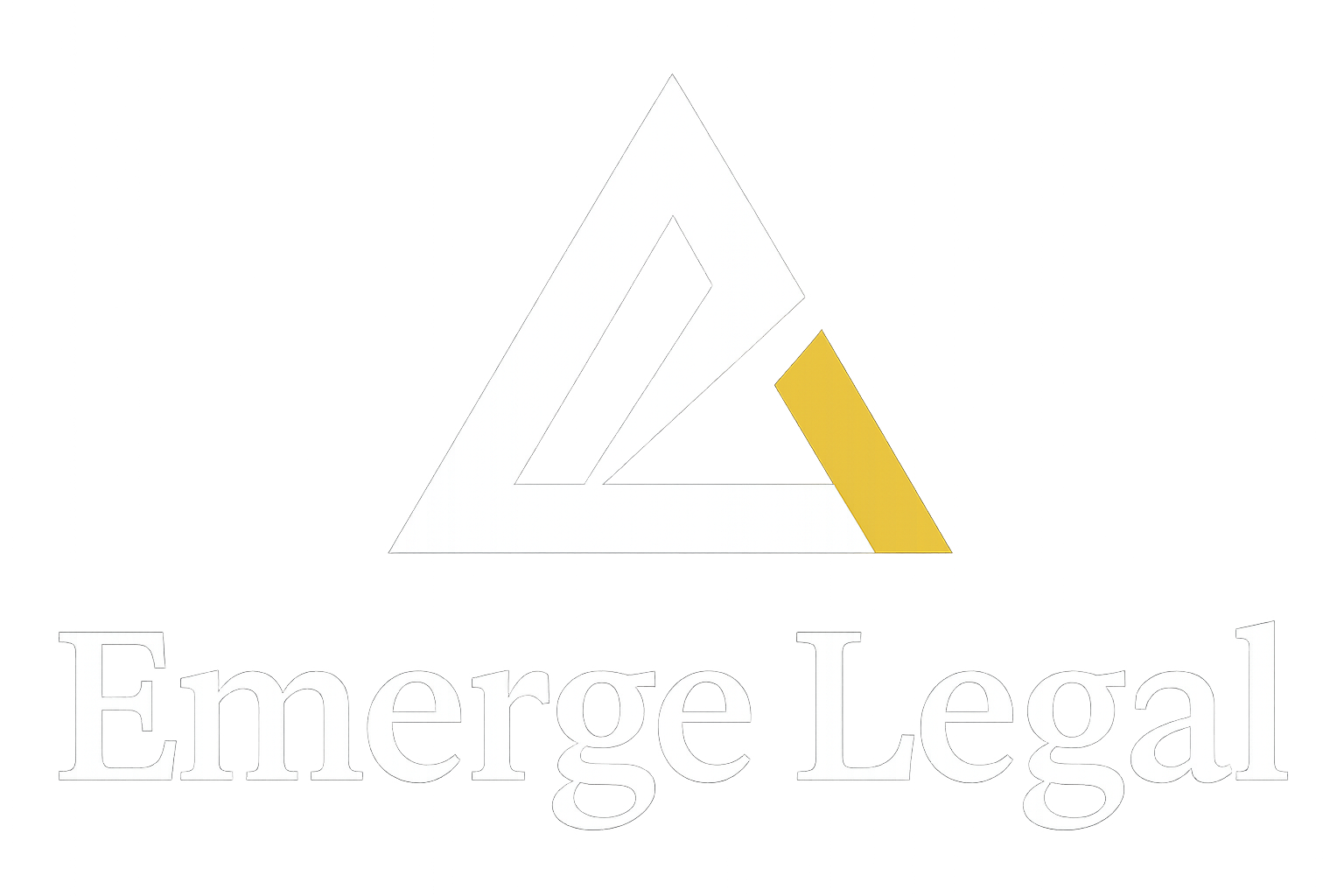
Introduction
India stands at a critical juncture in its digital evolution. With over 820 million internet users and rapidly growing digital infrastructure, the country’s digital economy is expected to reach $1 trillion by 2026. This digital transformation necessitates a robust legal framework that can address emerging challenges while fostering innovation. The proposed Digital India Act (DIA) represents the government’s vision to replace the outdated Information Technology Act of 2000 with a comprehensive digital governance framework. This blog examines the key features of the Digital India Act and compares it with the recently enacted Digital Personal Data Protection Act, 2023 (DPDP Act).
Historical Context and Need for Reform
The Information Technology Act of 2000 (IT Act) was India’s first legislation addressing digital governance. However, the technological landscape has transformed dramatically over the past two decades, with developments like social media, artificial intelligence, blockchain, and the Internet of Things creating new challenges that the IT Act was never designed to address. The Digital India Act aims to fill these gaps by providing a forward-looking framework that can accommodate future technological advancements.
Key Features of the Digital India Act
1. Comprehensive Regulatory Approach
The Digital India Act adopts a holistic approach to digital governance, covering a wide range of digital activities and services. Unlike the IT Act which primarily focused on electronic records, digital signatures, and cybercrime, the DIA encompasses emerging technologies, digital platforms, online content, and the broader digital ecosystem. This comprehensive scope reflects the government’s understanding that digital regulation must address interconnected issues rather than taking a siloed approach.
2. Risk-Based Categorization
The DIA introduces a risk-based categorization of digital services and platforms. This approach recognizes that different digital entities pose varying levels of risk to users and society, and therefore require differentiated regulatory treatment. For instance, large social media platforms with significant user bases might face stricter obligations compared to smaller digital services with limited reach.
3. Platform Governance
A significant focus of the DIA is platform governance, particularly addressing issues related to dominant digital platforms. The proposed legislation includes provisions for preventing anti-competitive practices, ensuring platform neutrality, and promoting fair business conditions. This includes obligations on significant digital platforms to provide transparent terms of service, fair ranking systems, and reasonable access to their services.
4. Content Regulation
The DIA establishes a balanced framework for content regulation, aiming to protect freedom of expression while preventing harmful content. The legislation proposes a co-regulatory approach where platforms must implement reasonable content moderation policies while adhering to certain baseline standards set by the government. This includes provisions for addressing misinformation, hate speech, and harmful content targeting vulnerable groups, particularly children.
5. Digital Safety and Security
The proposed Act significantly strengthens provisions related to cybersecurity, recognizing the increased sophistication of cyber threats. It establishes obligations for digital entities to implement appropriate security measures, report data breaches, and ensure the security of digital infrastructure. The legislation also addresses emerging threats like deepfakes, creating specific provisions to regulate synthetic media and protect individuals from digital manipulation.
6. Algorithmic Transparency
Recognizing the growing influence of algorithms in digital services, the DIA includes provisions for algorithmic transparency and accountability. Significant digital platforms would be required to provide meaningful disclosures about how their algorithms function, particularly when these algorithms influence user behavior, market access, or information flows. This represents an important step toward ensuring algorithmic fairness and preventing discriminatory outcomes.
7. Innovation-Friendly Sandboxes
The DIA establishes regulatory sandboxes to foster innovation while ensuring appropriate regulatory oversight. These sandboxes would allow emerging technologies and business models to operate under controlled conditions with regulatory flexibility, enabling innovation while assessing potential risks and benefits before wider deployment.
Implementation and Enforcement Mechanisms
The DIA proposes a multi-layered enforcement framework with strong regulatory powers. This includes the establishment of a Digital India Regulatory Authority (DIRA) as the primary regulatory body, complemented by sector-specific regulators for specialized domains. The enforcement toolkit includes progressive penalties, compliance directives, and in extreme cases, blocking powers for non-compliant services.
The legislation also emphasizes regulatory capacity building, recognizing that effective digital regulation requires specialized expertise and technical capabilities. This includes provisions for building regulatory technology (RegTech) capabilities and fostering international regulatory cooperation.
Comparison with the Digital Personal Data Protection Act, 2023
The Digital Personal Data Protection Act, 2023 (DPDP Act) represents India’s first comprehensive data protection legislation, establishing rights of individuals over their personal data and obligations for entities processing such data. While the DPDP Act and the Digital India Act are complementary parts of India’s digital governance framework, they differ significantly in scope, approach, and focus:
1. Scope and Coverage
DPDP Act: Focuses specifically on personal data protection, establishing rights for data principals (individuals) and obligations for data fiduciaries (organizations processing personal data). It has a narrower scope focused on privacy and data protection.
Digital India Act: Takes a broader approach, covering the entire digital ecosystem including digital platforms, content regulation, emerging technologies, cybersecurity, competition issues, and consumer protection in digital markets. Personal data protection is just one component of its comprehensive coverage.
2. Regulatory Approach
DPDP Act: Creates a dedicated Data Protection Board as the primary regulatory authority for data protection matters, with specific powers related to personal data handling.
Digital India Act: Establishes a broader Digital India Regulatory Authority with wider powers covering multiple aspects of digital governance beyond data protection.
3. Risk Classification
DPDP Act: Introduces the concept of Significant Data Fiduciaries based on factors like volume and sensitivity of personal data processed, imposing additional obligations on these entities.
Digital India Act: Implements a more extensive risk-based classification system for various digital entities, platforms, and services based on their potential impact on users, markets, and society.
4. Consent Mechanism
DPDP Act: Centers around consent as the primary lawful basis for processing personal data, with detailed requirements for valid consent and specific consent exemptions.
Digital India Act: Addresses consent in multiple contexts beyond data processing, including platform terms of service, algorithmic recommendations, and digital contracts.
5. Cross-Border Data Flows
DPDP Act: Contains specific provisions regarding cross-border transfer of personal data, allowing the government to notify countries where data transfers are permitted.
Digital India Act: Takes a broader view of digital sovereignty, addressing issues like cross-border access to digital services, global platform governance, and international digital trade.
6. User Rights
DPDP Act: Focuses primarily on data protection rights like access, correction, erasure, and grievance redressal related to personal data.
Digital India Act: Encompasses a wider range of digital rights, including platform access rights, algorithmic transparency, freedom from harmful content, and protection from unfair digital practices.
7. Enforcement Mechanisms
DPDP Act: Establishes financial penalties based on percentage of global turnover for data protection violations, with a structured enforcement process through the Data Protection Board.
Digital India Act: Creates a more varied enforcement toolkit including tiered penalties, compliance directives, interoperability requirements, and platform-specific remedies targeted at different types of digital violations.
Conclusion: Complementary Frameworks for Digital India
While the DPDP Act and Digital India Act may appear overlapping in certain areas, they represent complementary pieces of India’s emerging digital governance architecture. The DPDP Act provides specialized protection for personal data and privacy rights, while the Digital India Act establishes the broader governance framework for India’s digital ecosystem.
Together, these legislations signal India’s evolution toward a sophisticated digital regulatory regime that balances innovation with user protection. For businesses operating in India’s digital space, compliance with both frameworks will be essential. Organizations should view this not merely as a regulatory burden but as an opportunity to build trust with users and establish India as a responsible digital leader on the global stage.
As the Digital India Act moves through the legislative process, stakeholders should actively engage in public consultations to ensure the final legislation balances competing interests while establishing India as a global leader in digital governance. The success of India’s digital future depends on getting this balance right—fostering innovation while ensuring that digitalization benefits all segments of society securely and equitably.
-Tanya Thind
(Junior Associate, Emerge Legal)



